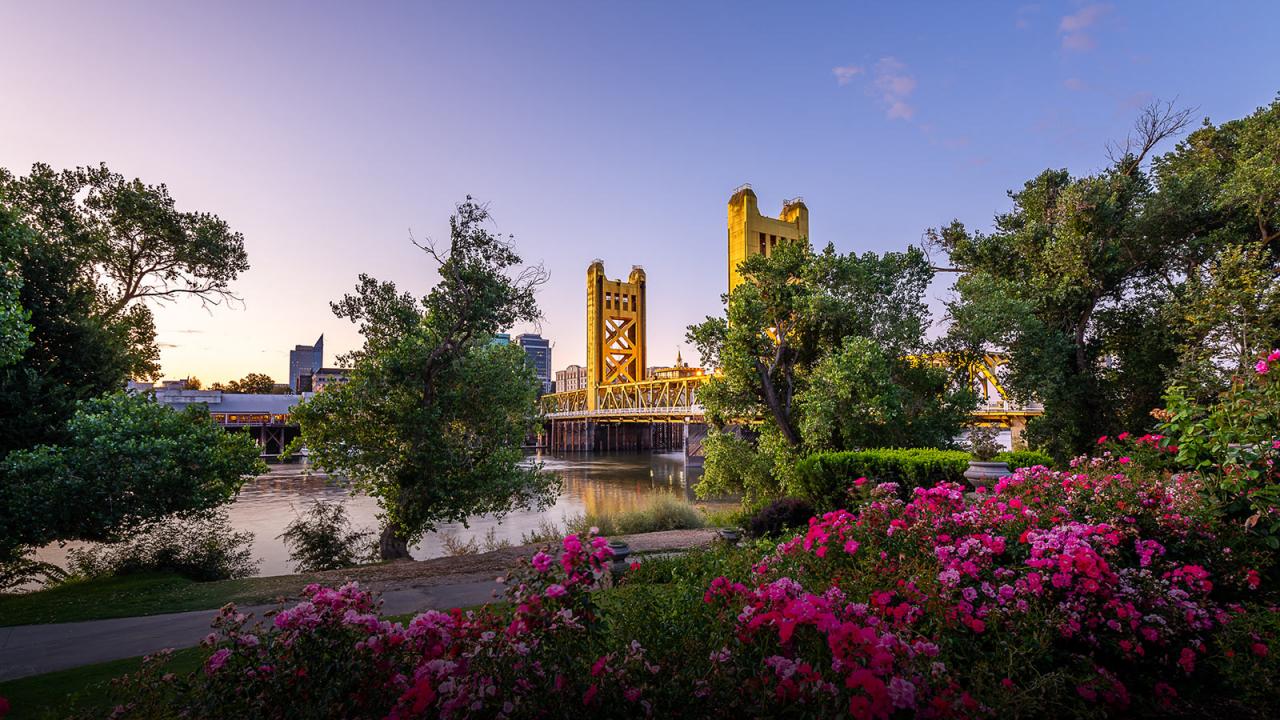Extremely hot places like Phoenix, Arizona, live and die by air conditioning. As both population and temperatures rise in Sacramento over the coming decades, the region will face a greater demand for cooling both day and night, as Sacramento is one of many cities also experiencing a trend of rising nighttime temperatures.
How can the city hit the A/C sustainably?
More than 90 percent of U.S. cities are already facing increased cooling demands, according to a 2018 Climate Central report. With more demand for cooling comes more demand for electricity.
It appears to be an endless cycle: Greenhouse gases from fossil-fuel-based energy create hotter temperatures, which makes people use more energy to keep cool, which creates more greenhouse gases and hotter temperatures. Repeat.
California’s shift to renewable energy aims to help interrupt this cycle. Senate Bill 100 mandates the state supply 100 percent of its electricity with renewable energy by 2045. And this year, the state’s solar power mandate takes effect for new home construction. Those additional sources will be particularly important as hydropower — which is both renewable and the region’s main source of electricity — is expected to decline along with the Sierra snowpack.
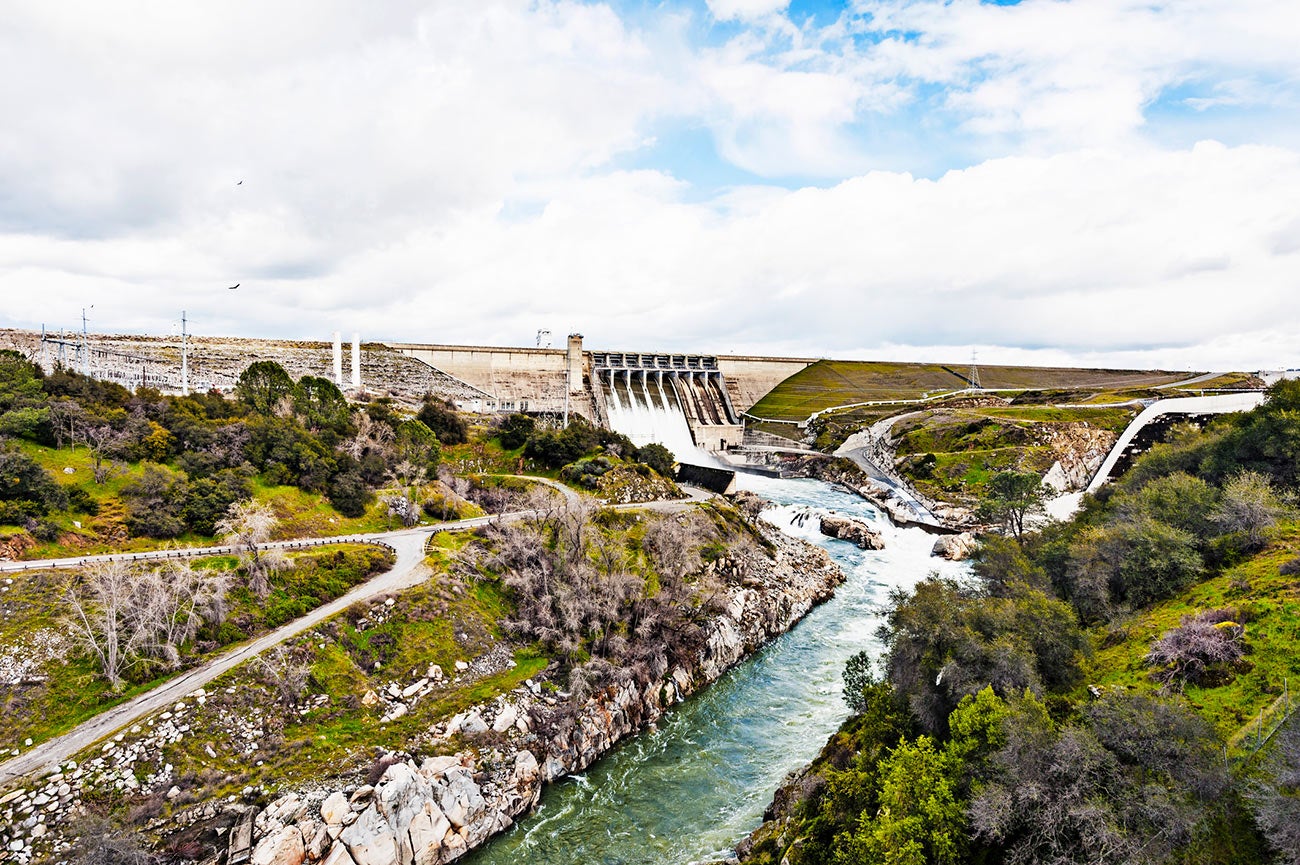
Electrified
One of the key ways Sacramento aims to decarbonize the city is to take that renewable energy and electrify homes, buildings and vehicles.
“Going electric is one way to tackle reducing carbon from the built environment,” said Julia Burrows, senior policy advisor to Sacramento’s Mayor Darrell Steinberg. She added that the use of fossil fuels to heat and cool buildings accounts for higher rates of asthma, as well as excess greenhouse gas emissions.
Electrifying the built environment can include heating and cooling, as well as using all-electric appliances like refrigerators, dishwashers and laundry machines. Not to mention cars.
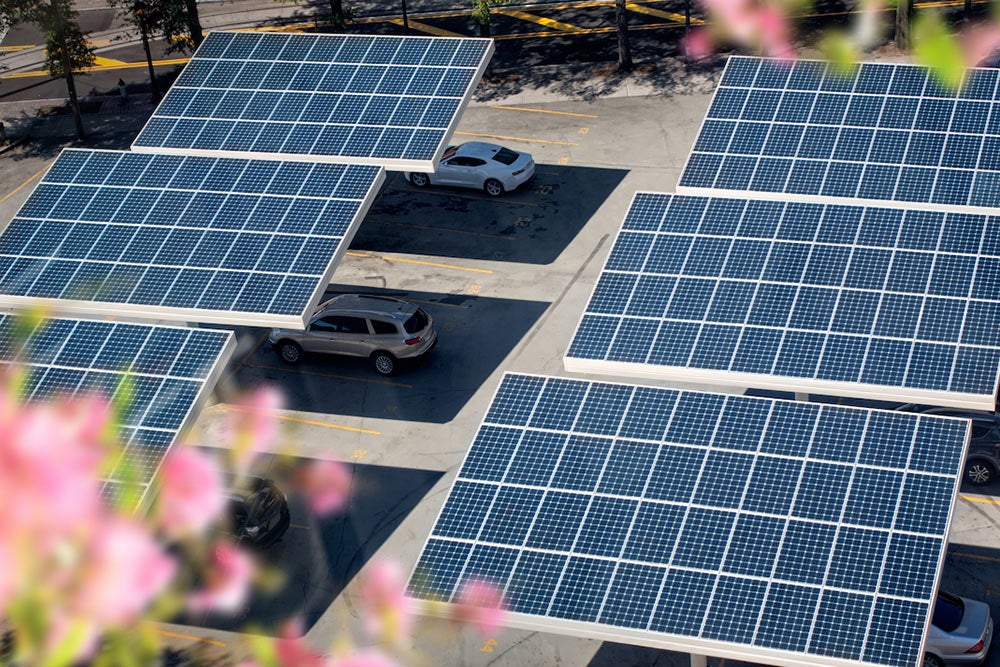
Sacramento has a $44 million grant from Electrify America to convert fleets, incentivize electrification, and add hundreds of electric cars, charging stations and buses to the region.
“We’re interested in anything we can do for mobility, to get people out of their cars,” Burrows said.
Electrifying transportation could also help build grid resilience.
“If we design electric vehicles to work bidirectionally, they could power a home for a day or two during grid disruption events,” said Austin Brown, executive director of the UC Davis Policy Institute for Energy, Environment and the Economy.
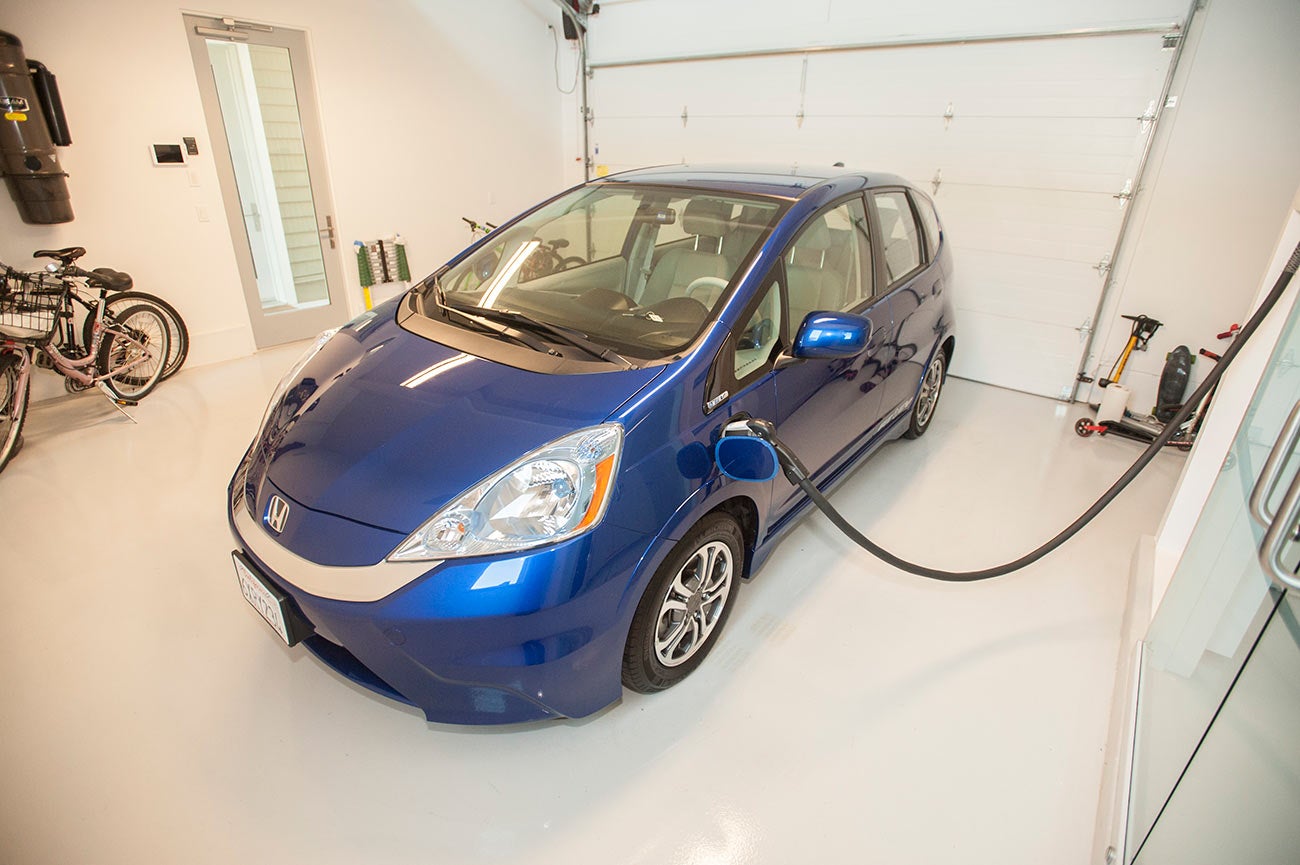
A Honda Fit electric vehicle is charged by renewable energy sources inside the garage of the Honda Smart Home at UC Davis West Village. (Jason Spyres)
Micro managing
An all-electric world is not without complications, but neither is the current system. Both include elements that could make buildings and homes more vulnerable to power outages and strain an already strained grid. Part of the solution could be to produce renewable energy close to where it is used — a concept called “distributed energy resources,” such as rooftop solar. That energy could be stored and then distributed through microgrids, which are groups of local energy grids that can connect to or operate independently from the traditional grid.
“Microgrids have a high potential to add resilience — but they are not a panacea,” said Brown. “I think they are best thought of as one layer of many that we need to build more resilience.”
To bring microgrids to a modern California grid in a safe, efficient and equitable way, Brown thinks the region should focus on pilot and demonstration projects at key vulnerable areas, such as hospitals, schools and community centers, and establish clear rules for how to form a microgrid. The Policy Institute recently filed comments with the California Public Utilities Commission outlining its suggestions for how to do that.
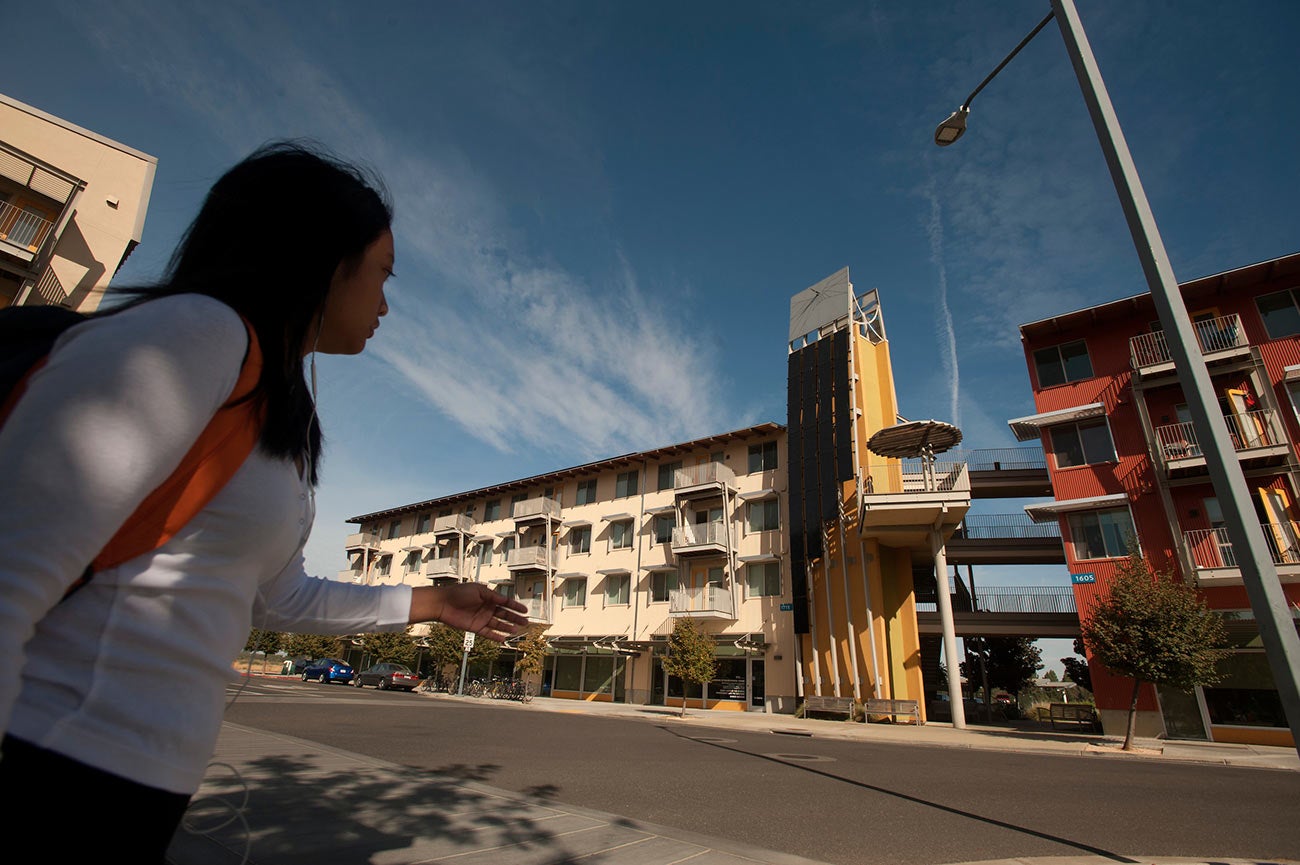
The time-of-use mismatch
Theresa Pistochini is a mechanical engineer at the UC Davis Western Cooling Efficiency Center. A leader in climate-appropriate cooling technologies, the center’s key mission is to accelerate efficient cooling, heating and energy distribution systems.
“The big hurdle is not whether or not we can generate enough electricity to meet heating and cooling demands,” Pistochini said. “It’s can we do it at the right time?”
The big hurdle is not whether or not we can generate enough electricity to meet heating and cooling demands. It’s can we do it at the right time?
– Theresa Pistochini
During the day, sunny California produces a surplus of solar energy, for example. But it is not always available at night, when energy demand is higher. One way utilities manage the mismatch is to raise rates during nighttime “peak load” hours — kind of like an Uber or Lyft driver raising rates during rush hour.
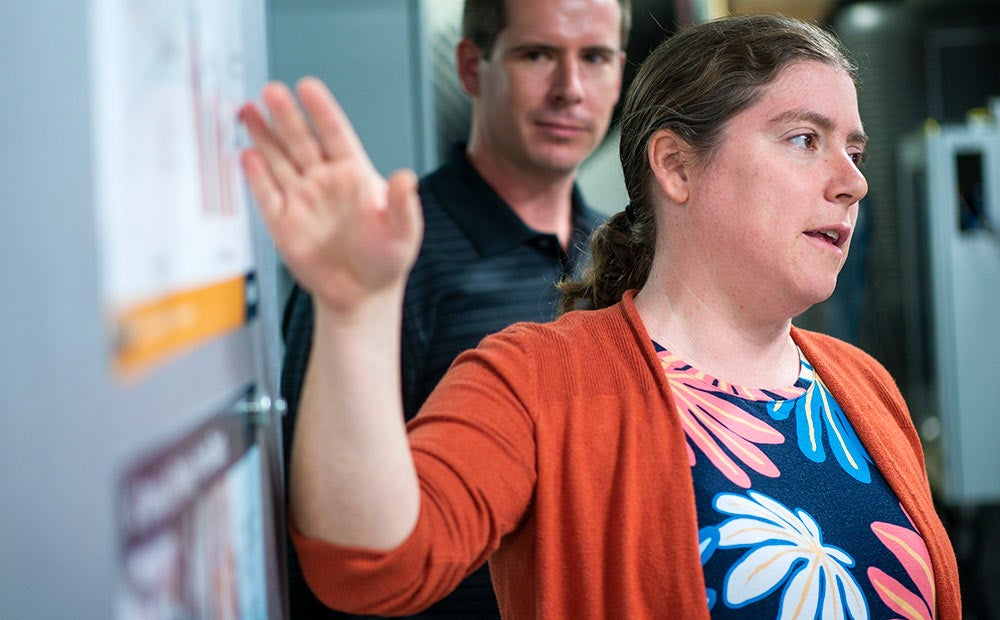
Short of quitting your day job, what can consumers do? A growing number of technological solutions can help people take better advantage of off-peak hours. Pistochini offers some examples:
- Grid-connected thermostats that “tell” you when it’s most cost-effective to cool your home.
- Smart appliances that can, for example, let you program your dishwasher to run at 10 a.m. rather than 6 p.m. during peak demand.
- Cities and municipalities that promote car-charging stations at work can also help alleviate the grid at night.
Kathleen Ave, climate program manager in Energy Research & Development at the Sacramento Municipal Utility District, said the utility is pursuing distributed energy resources as a resilience measure, while also trying to address peak demand issues. She said most utilities do not incorporate climate projections into their load forecasting. SMUD is in the beginning stages of exploring how to do that moving forward.

Put it in storage
Ultimately, “it comes down to storage,” said Pistochini. Not just battery storage, which is important, but also thermal energy storage.
Think of a thermos in your kitchen cupboard. That container is designed to store the heat and energy from your coffee or soup for later consumption. That concept can be magnified on a bigger scale to help stabilize the grid.
Thermal energy storage doesn’t directly save energy, but it shifts when you use it to times when low-carbon sources are more readily available.
“Let’s say your A/C could make and store chilled water or ice,” Pistochini said. “Then you could run it when it’s most cost-effective, store the cooling, and release it in the evening. That’s thermal energy storage.”
Continuing to improve the energy efficiency of buildings and homes — from sealing air leaks to higher efficiency window coolers and evaporative coolers — also remains essential.
Such technologies may become increasingly important as nighttime temperatures increase in the region. Ave said hotter nights “are a huge issue for human health and our electrical equipment,” which relies on cooling periods for rest and maintenance.
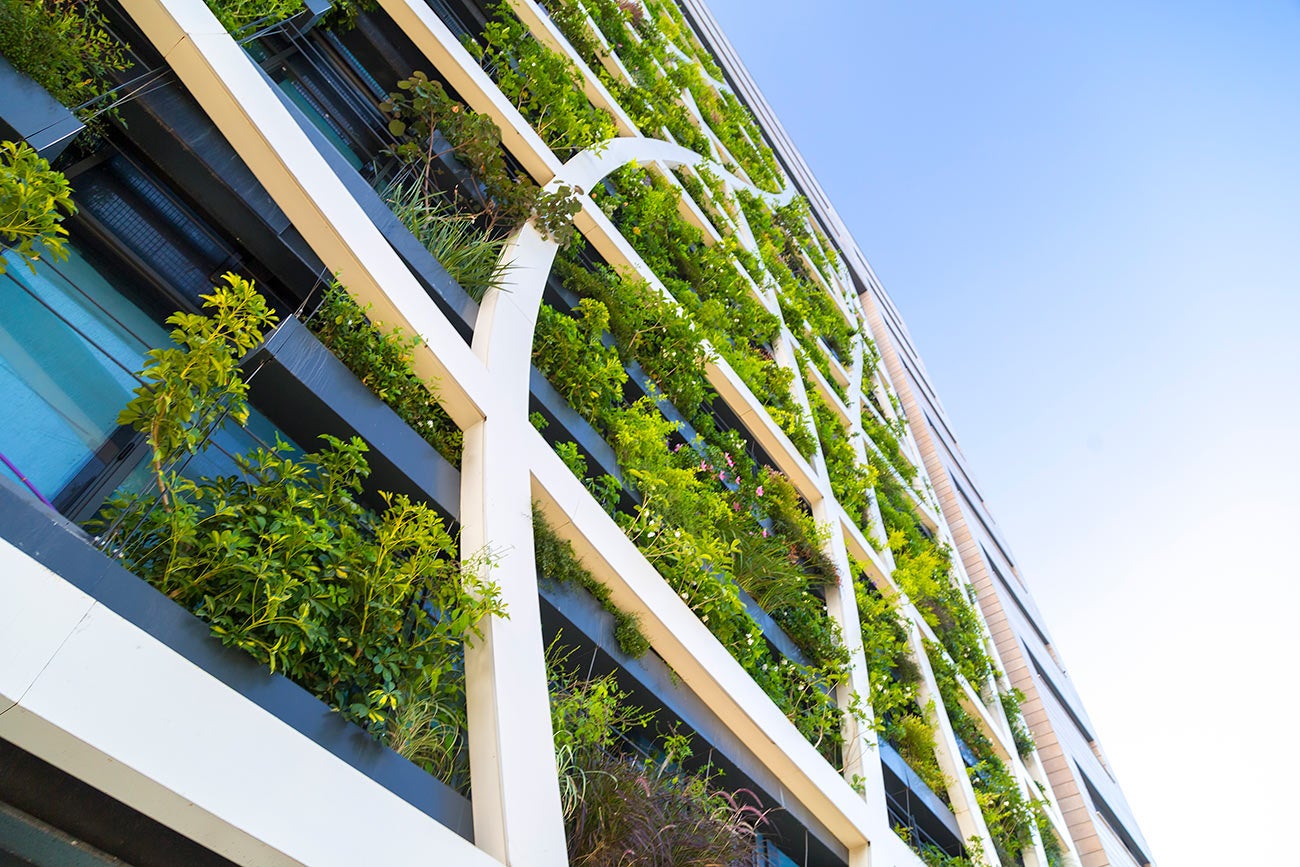
Preparing for 2100 Now and a Phoenix-Like Future in Sacramento
Earlier in the Becoming Arizona series, we noted the immense role trees can play in creating cooler, healthier communities. We also mentioned how the built environment — that troublemaker that created urban heat islands that suck in and retain heat in its pavement and concrete walls — can also be a solution. Cool roofs, cool walls, cool pavements, more vegetation on more plantable surfaces can all help cool a warming city.
“There are three main ways to reduce temperature,” said Stephen Wheeler, a professor of urban design and planning in the UC Davis Department of Human Ecology. “There’s vegetation, surface materials such as pavement and rooftops, and built form.”
Rethinking built form, which is simply the arrangement of physical buildings on the landscape and roads, can help cool communities and reduce greenhouse gas emissions. For instance, taller buildings can use awnings, courtyards and their own height to create ground-level shade and comfort for residents.
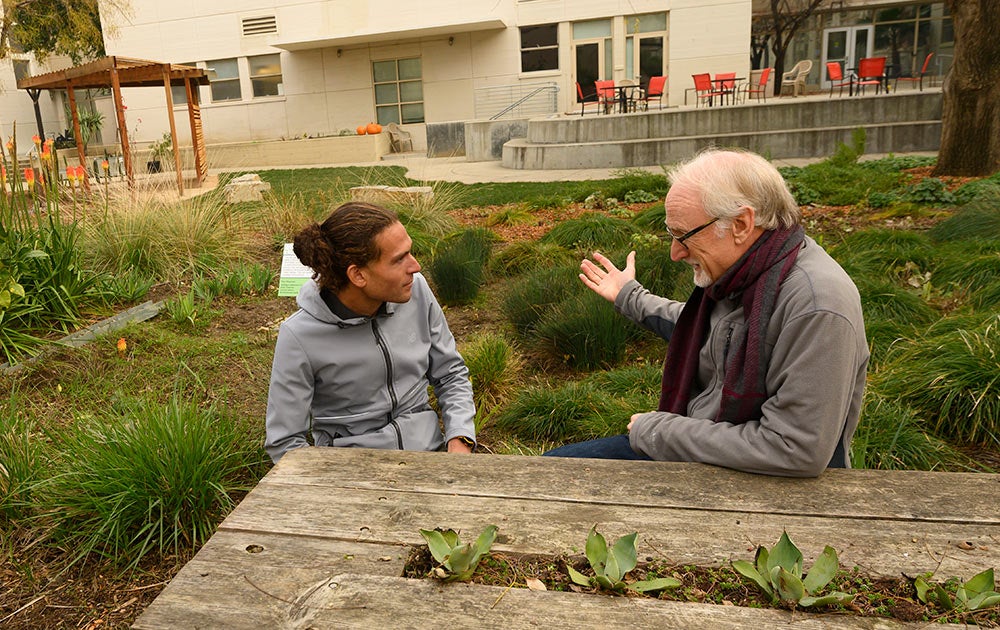
Wheeler said compact buildings with multifamily units tend to have lower greenhouse gas emissions because they are smaller, and their shared walls retain more heat and cooling. They usually require less road surface because they are not spread out like a sprawling subdivision. Many also have the “walk-to-coffee” marketability so coveted in real estate circles.
Wheeler notes that plans for Sacramento’s Railyards Project include many of these attributes. But generally, this vision runs counter to the current model of housing developments, many of which do not accommodate families looking for walkable, safe, affordable neighborhoods with good schools.
These issues of sustainability, energy, health and affordable housing are intertwined when considering how cities can prevent, prepare for and adapt to climate change.
“My top hope for 2100 is not that we’ve adapted to climate change but that we’ve become carbon neutral,” Wheeler said. “The world does not end in 2100. We can live with 5 degrees higher — people live in Phoenix and Tucson. But if we haven’t gotten to carbon neutrality long before 2100, the future does not look bright.”
Sitting across from Wheeler is John “Jake” Dialesandro, a Ph.D. candidate in geography and aspiring urban climatologist. He has a slightly different take: “I feel very optimistic that we are going to become carbon neutral. A lot can change in 80 years. I would hope we attack it from resilience, adaptation and mitigation perspectives. Because it’s not just about Sacramento becoming like Tucson, but Tucson becoming like Dubai.”
Media Resources
Kat Kerlin, UC Davis News and Media Relations, 530-752-7704, kekerlin@ucdavis.edu
Read the rest of the Becoming Arizona Series:
- Part 1: This Arid Life - Preparing for 2100 Now and a Phoenix-Like Future in Sacramento
- Part 2: Lessons from Phoenix - What Sacramento Can Learn About Extreme Heat and Human Health
- Part 3: Sacramento's Urban Heat Island Divide
- Part 5: Triple Threats During Triple Digits - How Climate Change, COVID-19 and Racism Intertwine
